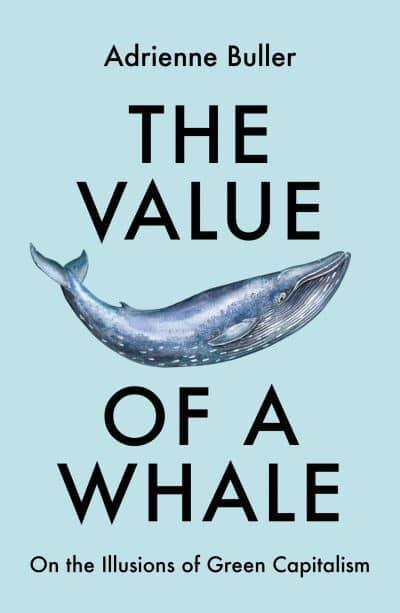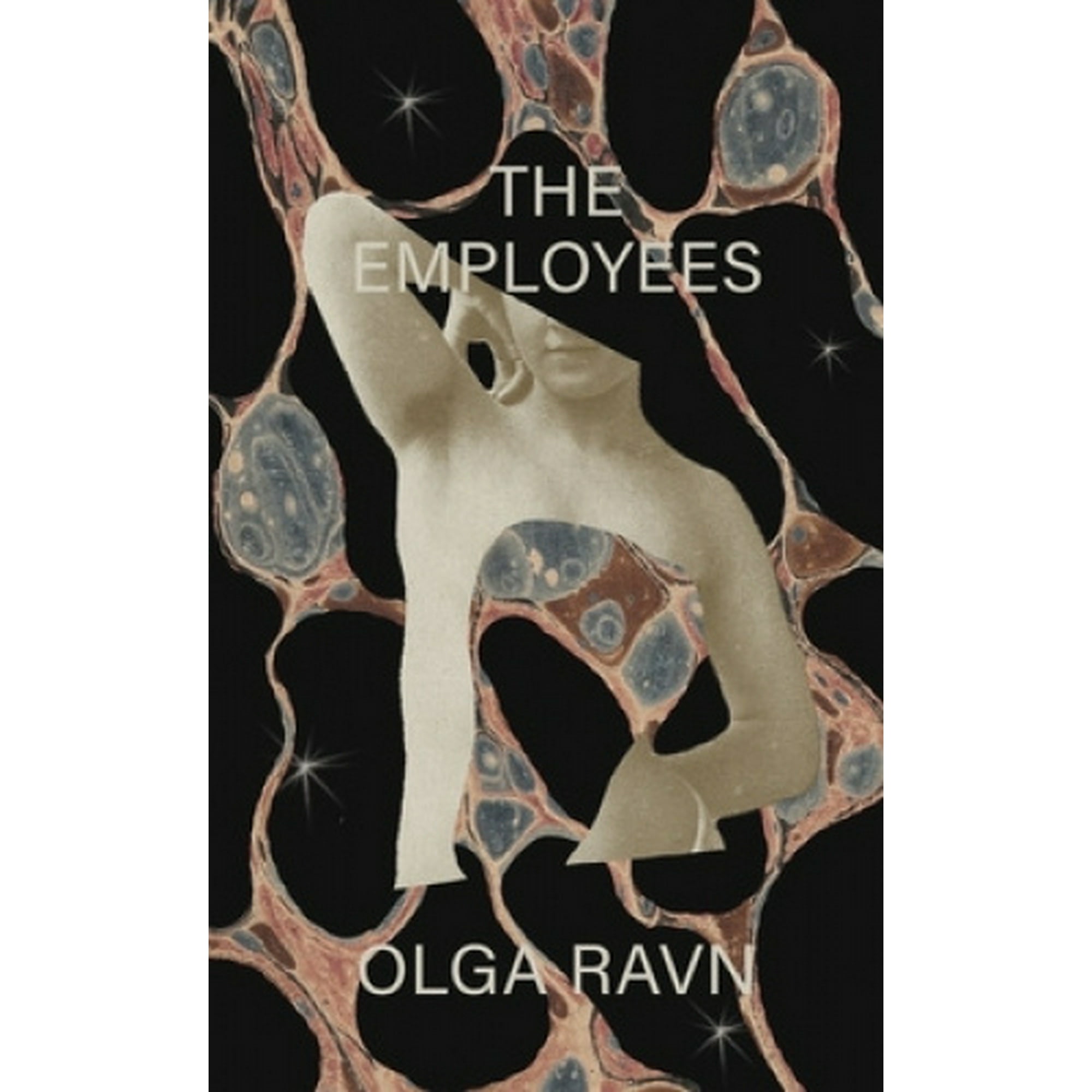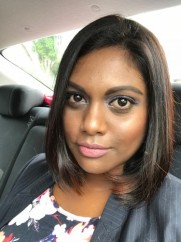Amid so many challenges and changes this year, readers gravitated towards strange, unsettling, yet deeply nuanced stories.
With both calamities and great moments worldwide, 2022 hasn’t been short on memorable moments, and the literary world was no different. The external chaos of a world still trying to recover from a pandemic with an oncoming recession reflected in people’s choice of reading material this year, resulting in a totally mind-bending list.
Here are 12 novels, short stories, and non-fiction books that stood out in 2022:
THE SCHOOL FOR GOOD MOTHERS
By Jessamine Chan

The School for Good Mothers follows a single mom, Frida Liu, as she’s forced into a re-education center filled with robot children after making a parenting mistake. Frida does everything within her power to get her daughter back, but her behavior is constantly interpreted in the least generous ways possible. This book is a horror story so potent it will fill even the most diligent parent with an itchy impulse to panic-clean, straighten up, and act like someone’s watching. It’s inventive, gripping, and wholly devastating.
SEA OF TRANQUILITY
By Emily St. John Mandel

A sequel of sorts to her surprise-blockbuster novel Station Eleven and its follow-up The Glass Hotel, Emily St. John Mandel’s Sea of Tranquility is a discursive tale looped directly atop its predecessors, cutting them up and rearranging the pieces into a trippy, wistful story. The past isn’t just prologue—it’s the present and future, too, as the plot hopscotches across centuries, following a time-traveler named Gaspardy who’s trying to figure out whether the universe is a simulation. Although Sea of Tranquility is set largely in the future and adorned with sci-fi flourishes, it raises old questions about how we can make meaning, resulting in a very beautiful book.
LAMBDA
By David Musgrave

An accurate description of Lambda would be: A novice police officer assigned to watch over a refugee group tries to figure out whether the refugees have been framed for terrorism—and where the real killers are lurking.
However, from its first page, Lambda is up to something weirder and more unwieldy, ditching a linear narrative and setting the story in an alternate-universe Britain where you can get in trouble with the cops for damaging a talking toothbrush. Meanwhile, the police test out an AI system that will both accuse someone of a crime and go ahead and assassinate them. It may sound like a Philip K. Dick pastiche, but Musgrave’s debut is more ambitious than the tropes it borrows, arranging them into original, arresting literary sci-fi.
STRANGERS TO OURSELVES: UNSETTLED MINDS AND THE STORIES THAT MAKE US
By Rachel Aviv

When Rachel Aviv was six years old, she stopped eating. Shortly after, she was hospitalized with anorexia. Her doctors were baffled. They’d never seen a child so young develop the eating disorder, yet there she was. While Aviv made a full, relatively speedy recovery, she developed a lifelong interest in the borderlands between sickness and health.
In Strangers to Ourselves: Unsettled Minds and the Stories That Make Us, Aviv wonders whether she ever truly had anorexia at all, or whether the episode was perhaps too hastily pathologized. By examining her own experience as well as four other people with unusual mental health issues, Aviv argues against any one grand unifying theory of the mind. Strangers to Ourselves is a look into this vacuum of understanding—about what happens when there’s no easily digestible story to explain what’s happening inside your head, and when Freud and pharmaceuticals and everything else fails. It doesn’t offer easy answers, but provokes fascinating questions.
THE VALUE OF A WHALE: ON THE ILLUSIONS OF GREEN CAPITALISM
By Adrienne Buller

In The Value of a Whale: On the Illusions of Green Capitalism, Adrienne Buller dissects the deeply flawed logic of “green” capitalist thinking. The book takes a bracing look at how corporate interests are using the superficial trappings of climate activism to reinforce their own power. As one might imagine, it’s not the most uplifting read in the world. Buller sees market-based corporate “green” initiatives as distracting at best—and, at worst, actively destructive. But it’s a galvanizing, tough book, one that asks us to not accept a simulacrum of improvement for the real thing.
BEST YOUNG WOMEN JOB BOOK
By Emma Healey

Emma Healey’s funny, rueful memoir documents her peripatetic employment history, including stints at an SEO farm operated out of a middle-aged man’s bedroom and a remarkably unsexy time of technical writing at one of the world’s largest porn companies. Healey’s forthright treatment of the central role money plays in a creative life is enormously refreshing. Instead of hand-waving the financial details that have made her career possible, she molds into her art the work she had to do in order to do the work she wanted. It’s a neat trick. Best Young Woman Job Book has only been released in Canada thus far; here’s hoping it finds the wider audience it deserves.
THE EMPLOYEES: A WORKPLACE NOVEL OF THE 22ND CENTURY
By Olga Ravn

Although Olga Ravn’s The Employees came out in 2020 in its original Danish, an English translation by Martin Aitken was published in the United States in 2022. The Employees is divided into short statements given by anonymous workers on the Six Thousand Ship, a space shuttle on a vague corporate mission staffed by a mix of humans and humanoids. These transcribed statements are numbered, some running for pages, others stopping after a few sentences. After collecting a variety of objects on a distant planet called New Discovery, these workers find themselves increasingly at odds as they begin to obsess over said objects, which do not speak but can emit noises, smells, and vibrations. As the human workers pine for home, the humanoid workers increasingly pine to be more than what they’ve been programmed to be.
CURSED BUNNY
By Bora Chung

Korean writer Bora Chung’s first English publication (translated by Anton Hur) opens with a tale about a woman who gets confronted by a creature made of her excrement and assorted viscera, insisting it’s her child. She attempts to destroy said toilet creature and ends up being completely unsuccessful. In another story, a downtrodden farmer stumbles upon a fox who bleeds gold, and exploits this unexpected source of wealth until he’s both rich and disconcertingly comfortable with evils ranging from incest to cannibalism. Anyone with low tolerance for the gross and gory should avoid Cursed Bunny at all costs. But if you want a spooky set of stories that will crawl under your skin and burrow into your marrow and stay there forever, Chung’s collection is a freaky, unforgettable outing. There’s a folkloric quality to this collection, like these are urban legends that have finally been put to paper.
TREMORS IN THE BLOOD
By Amit Katwala

Tremors in the Blood is part courtroom thriller, part popular history, and remarkably engaging. It follows ambitious Berkeley, California, police chief August Vollmer as he first encourages his intellectual employee John Larson to create the polygraph—and then as he ignores Larson’s concerns that the machine is getting adopted recklessly. Instead, Vollmer champions Larson’s slick-talking co-inventor, Leonarde Keeler, as he makes sure police departments across the country start using the machine.
EATING TO EXTINCTION: THE WORLD’S RAREST FOODS AND WHY WE NEED TO SAVE THEM
By Dan Saladino

BBC journalist Dan Saladino’s alternately delightful and melancholic Eating to Extinction is exactly the kind of reading material that’ll make someone try a new meal. The book makes a persuasive, passionate argument for increased biodiversity through a series of briskly narrated case studies from across the world, from Australia’s nearly-lost tuber murnong to the fermented mutton aged in huts on the Faroe Islands. Eating to Extinction is a travelogue infused with reverence for the sheer variety of foods found on this planet that is somehow never precious or cloying. Instead, it simply feels urgent.
DR. NO
By Percival Everett

Dr. No is a jaunty, idea-stuffed caper of a book that follows a mathematics professor named Wala Kitu, who uses a tie as a belt and spends his days obsessing over the concept of nothing and feeding his one-legged dog. Wala’s world is upended when he meets a self-styled “supervillain” billionaire named John Sil, who plots to destroy the world by harnessing the power of nothingness. (This requires burglarizing Fort Knox, as Sill suspects the Army keeps a box full of nothing in its safe.) An heir to Kurt Vonnegut, Everett infuses his work with a contagious sense of playfulness, one that makes the act of reading hundreds of pages about nothing into a treat rather than a chore.
HOW FAR THE LIGHT REACHES: A LIFE IN TEN SEA CREATURES
By Sabrina Imbler

Sabrina Imbler’s debut essay collection How Far the Light Reaches is a lively prose about marine biology mixed with an intimate, thoughtful, emotionally affecting memoir. In How Far the Light Reaches, Imbler examines their own personal history, drawing connections between their struggles to adapt to and grow beyond life in California’s suburbs with the stories of creatures they love.
Source: Wired
"ExpatGo welcomes and encourages comments, input, and divergent opinions. However, we kindly request that you use suitable language in your comments, and refrain from any sort of personal attack, hate speech, or disparaging rhetoric. Comments not in line with this are subject to removal from the site. "

















